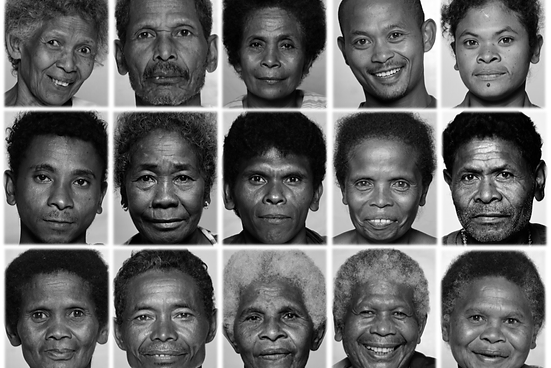Philippines’ Indigenous Peoples preserve traces of a lost humanity
On the International Day of the World’s Indigenous Peoples, the United Nations calls attention to cultures that have endured for millennia — and to the ways their wisdom can guide the planet’s future. This year, the focus is on artificial intelligence: how it could preserve endangered languages, map ancestral lands, and safeguard oral traditions, or, if misused, hasten the erasure of the very communities it could serve.
In the Philippines, one indigenous group carries a different kind of legacy — not preserved in archives or stories, but written into the very code of life. On the Bataan Peninsula, the Ayta Magbukun live much as their ancestors have for generations, in small settlements near the forested slopes of Mount Mariveles. They are part of the Negrito peoples, among the first modern humans to reach the archipelago some 30,000 years ago.
Now, scientists have found that they hold a genetic record unlike any other. The Ayta Magbukun have the highest known level of Denisovan ancestry in the world — more than Australians and Papuans, long thought to be the leading carriers of these ancient genes. The Denisovans, a mysterious branch of the human family tree, are known only from a handful of teeth and bone fragments discovered in a Siberian cave in 2010. They lived alongside Neanderthals and early modern humans and, at times, interbred with both.
In a sweeping study led by Maximilian Larena of Uppsala University, researchers analyzed the genomes of more than 1,100 individuals from 118 ethnic groups in the Philippines. They found the Ayta Magbukun’s Denisovan genetic share to be up to 46% greater than that of Australians and Papuans — a level preserved because the group had limited intermarriage with later waves of East Asian migrants, whose arrival diluted Denisovan DNA elsewhere.
“Some groups, such as the Ayta Magbukun, interbred only a little with the people who later migrated to the islands,” said Mattias Jakobsson, a co-author of the study. “That’s the reason why the Ayta Magbukun retained most of their Denisovan genes.”
The discovery adds to a growing picture of the Philippines as a crossroads of ancient humanity. In 2019, archaeologists described Homo luzonensis, a small-bodied hominin that lived on the island of Luzon tens of thousands of years ago. Together, these finds suggest that the archipelago was once home to multiple archaic human lineages — and that modern indigenous peoples here still carry genetic echoes of those vanished worlds.
For the Ayta Magbukun, the knowledge is both scientific and symbolic. As U.N. Secretary-General António Guterres said in his message for the day, Indigenous Peoples are “guardians of ancient knowledge” and “essential to our shared future.” In the Ayta Magbukun, some of that knowledge is not only remembered — it is inscribed in their very blood.



0 Comment